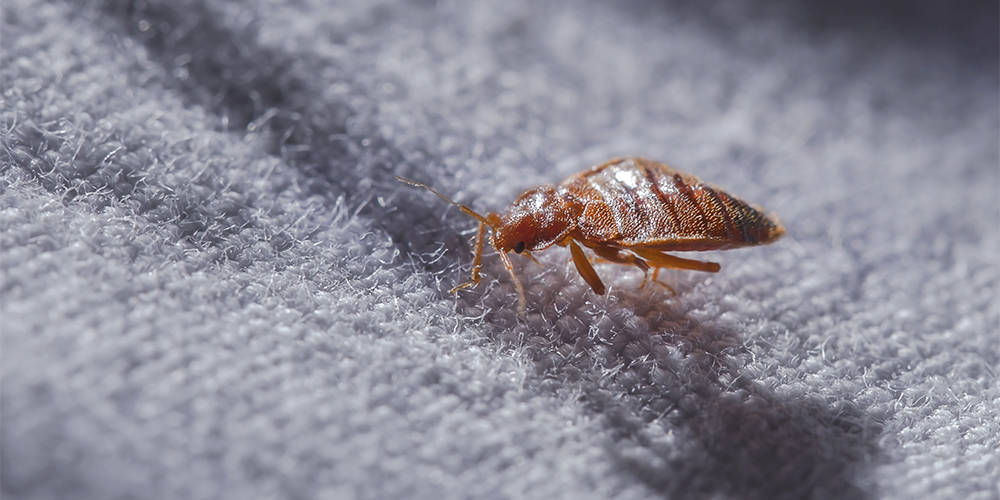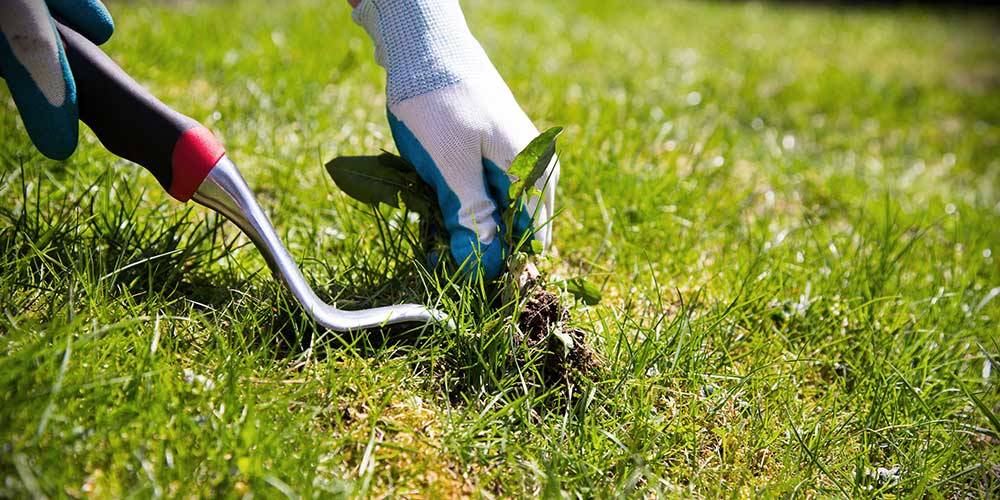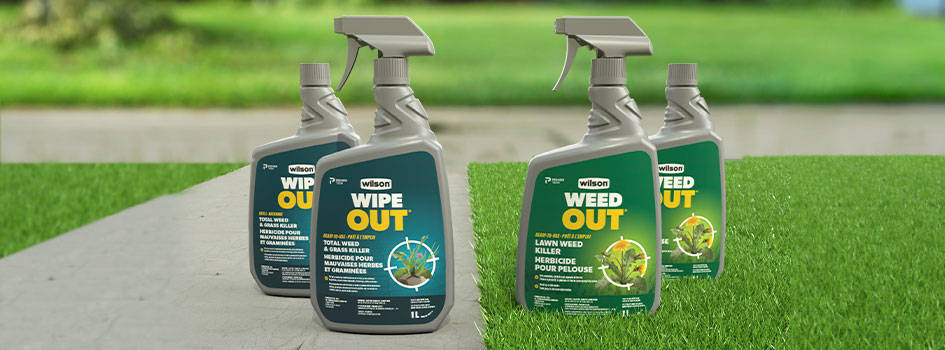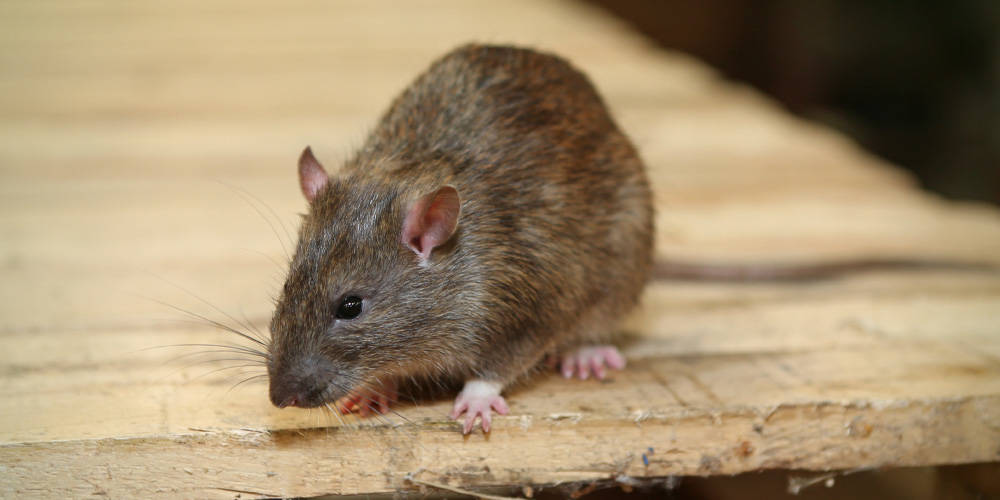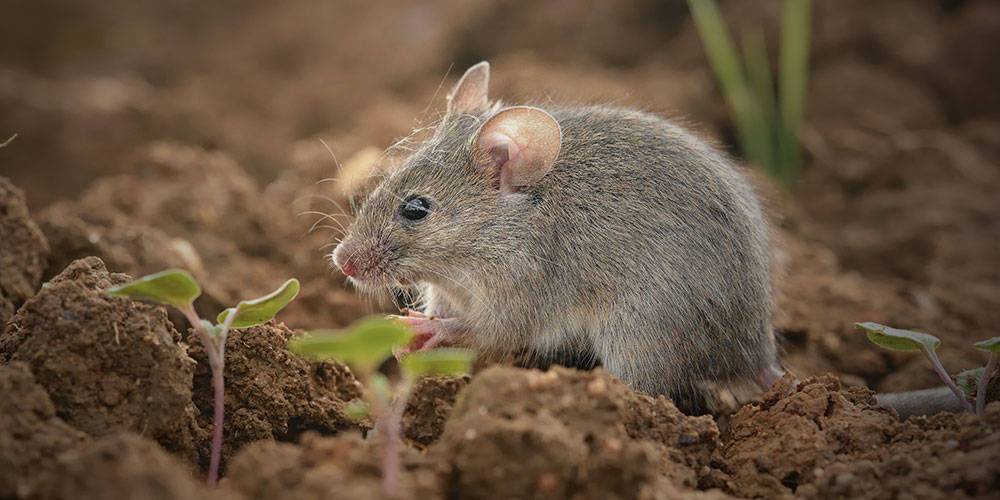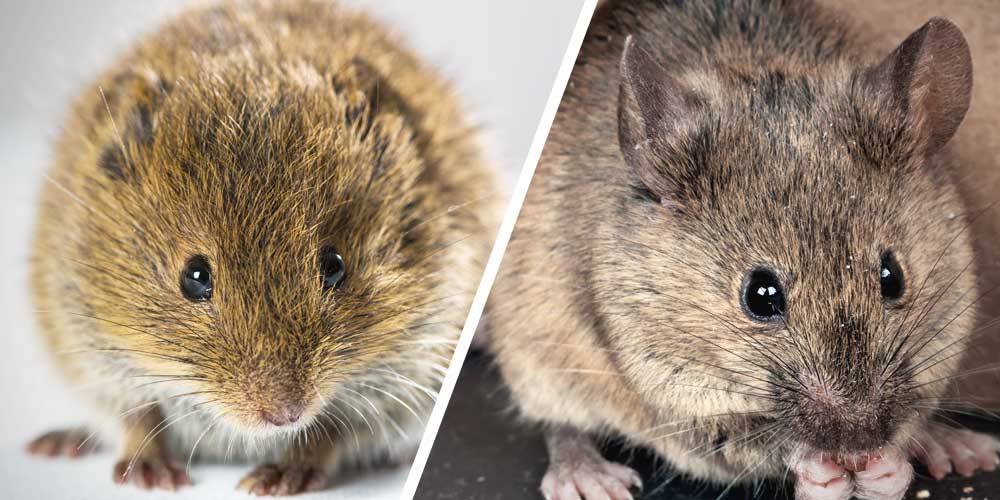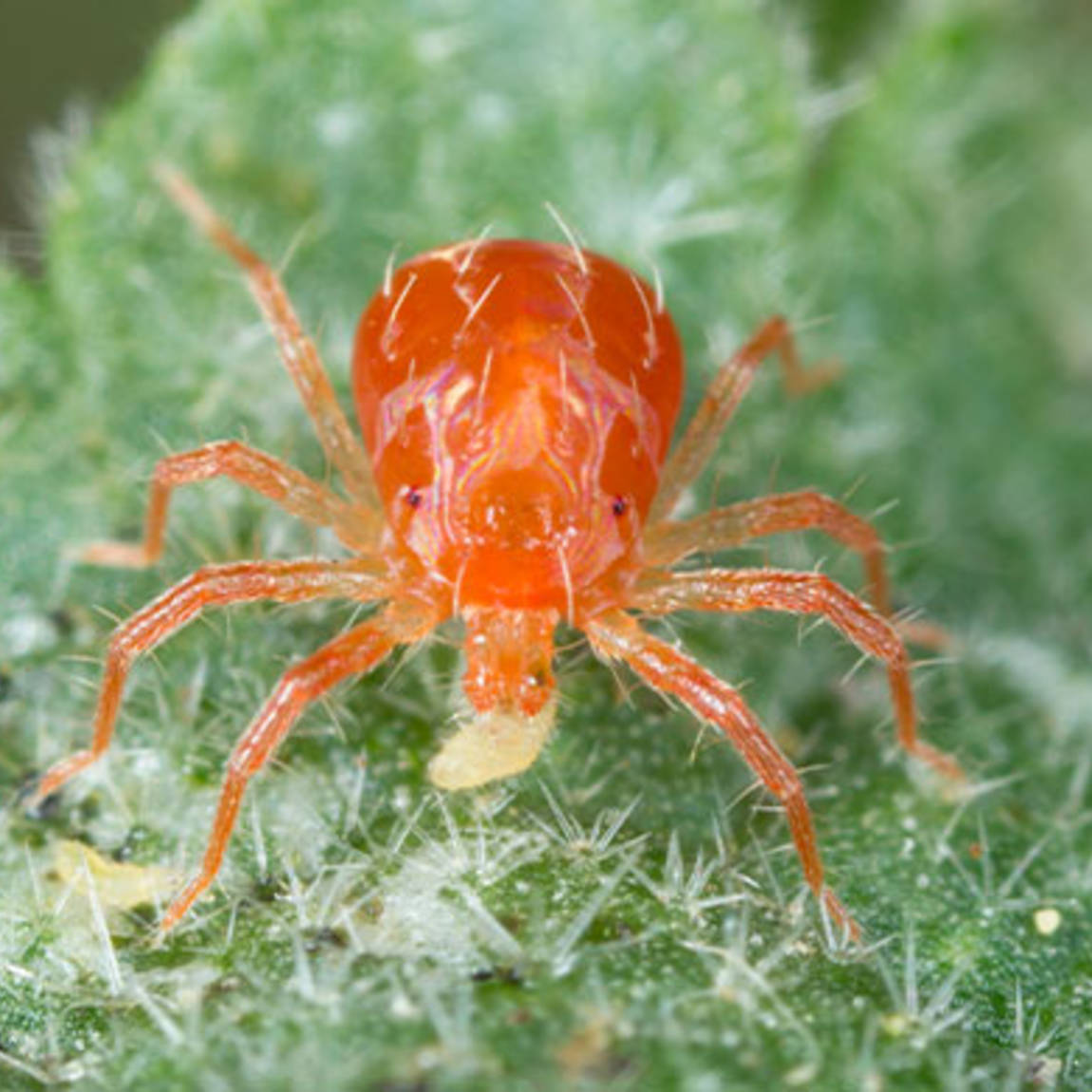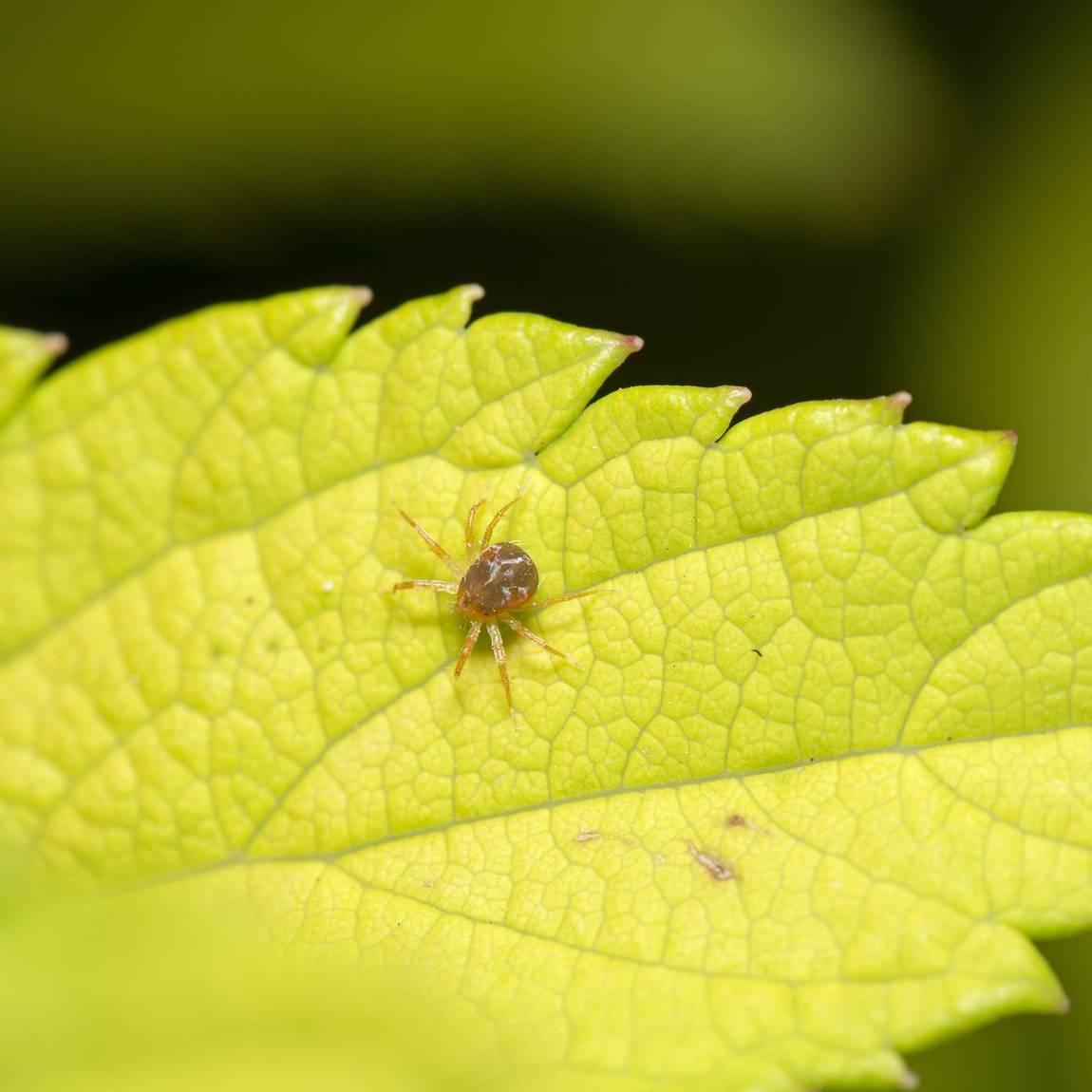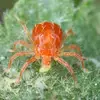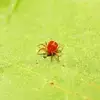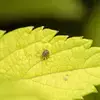Spider mites
About spider mites
Spider mites are so tiny that they’re difficult to see with the naked eye. However, the fine webbing on the underside of leaves is the first indication that spider mites have infested your plant. The damage, including stunted growth and brittle, discolored leaves, is unmistakable.
Spider mites are opportunistic little pests that thrive in dusty, dry conditions. They often show up during the winter months when the heat is on and indoor air is dry. Spider mites feed by piercing leaves and sucking out the contents. If you aren’t sure spider mites are bugging your plants, shake a leaf over a piece of white paper. If you have mites, you’ll see dark specks moving on the paper.
How to get rid of spider mites
- Commercial insecticidal soap is usually effective against spider mites, but you may need to spray several times because the spray has no residual effect. Be sure to spray the undersides of leaves.
- Pyrethrum-based sprays or aerosol insecticides are effective when used in conjunction with systemic insecticides.
- Horticultural oils, which suffocate spider mites, are a viable solution if you want to keep chemicals to a minimum. The oils will also kill eggs and larvae.
If possible, take houseplants outdoors or into a garage before applying chemicals. Be sure all products are labeled for indoor use and that they are registered for use against spider mites.
Controlling spider mites : tips and tricks
- Once spider mites are under control, prevent re-infestations by rinsing your plants with a weak solution of soap and water every two or three weeks.
- Mist plants frequently, especially during the winter. However, avoid overwatering, which can invite rot and other moisture-related diseases.
- Spider mites spread like crazy. Always wash your hands and tools after working with houseplants.

